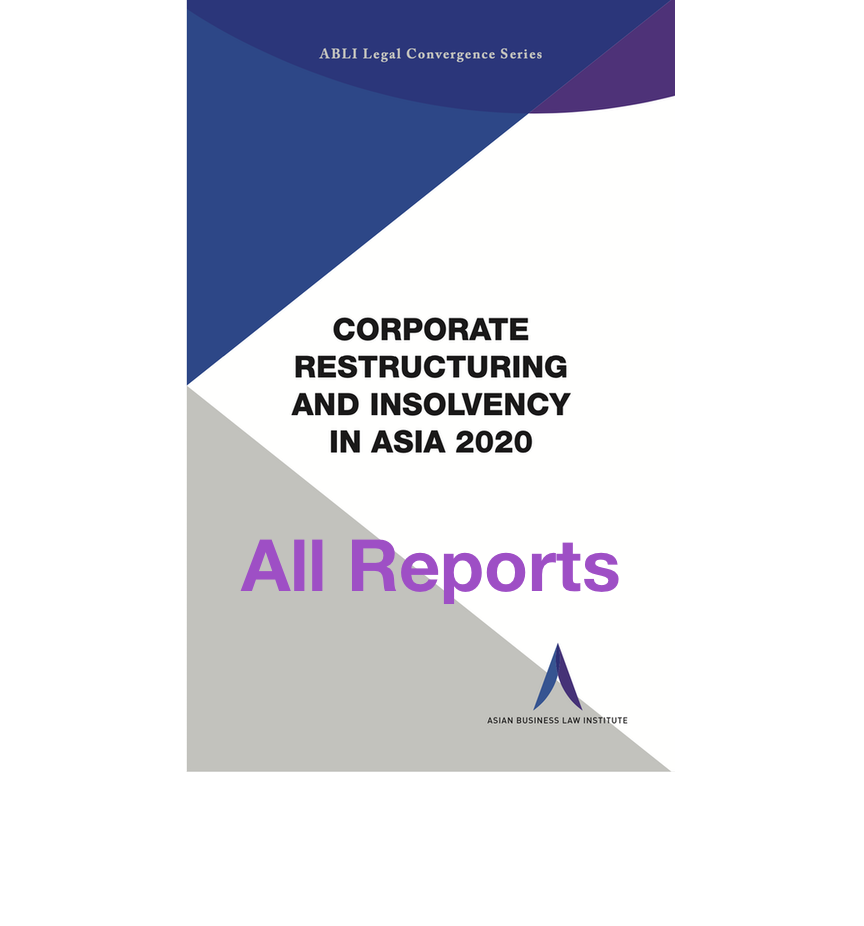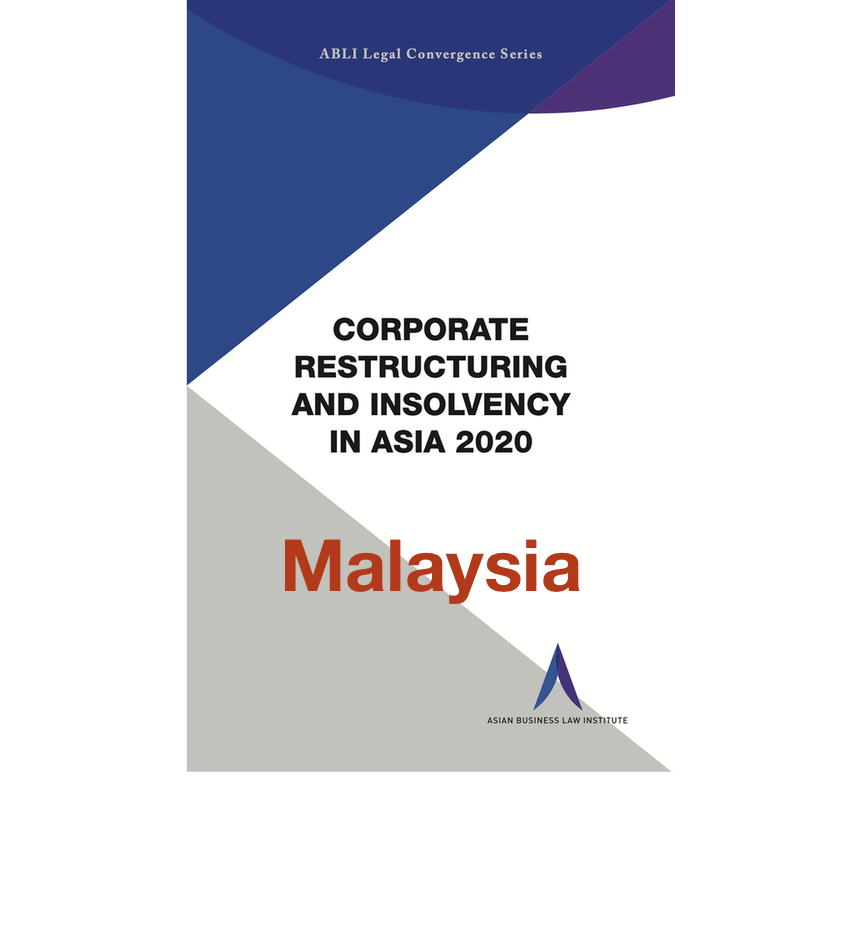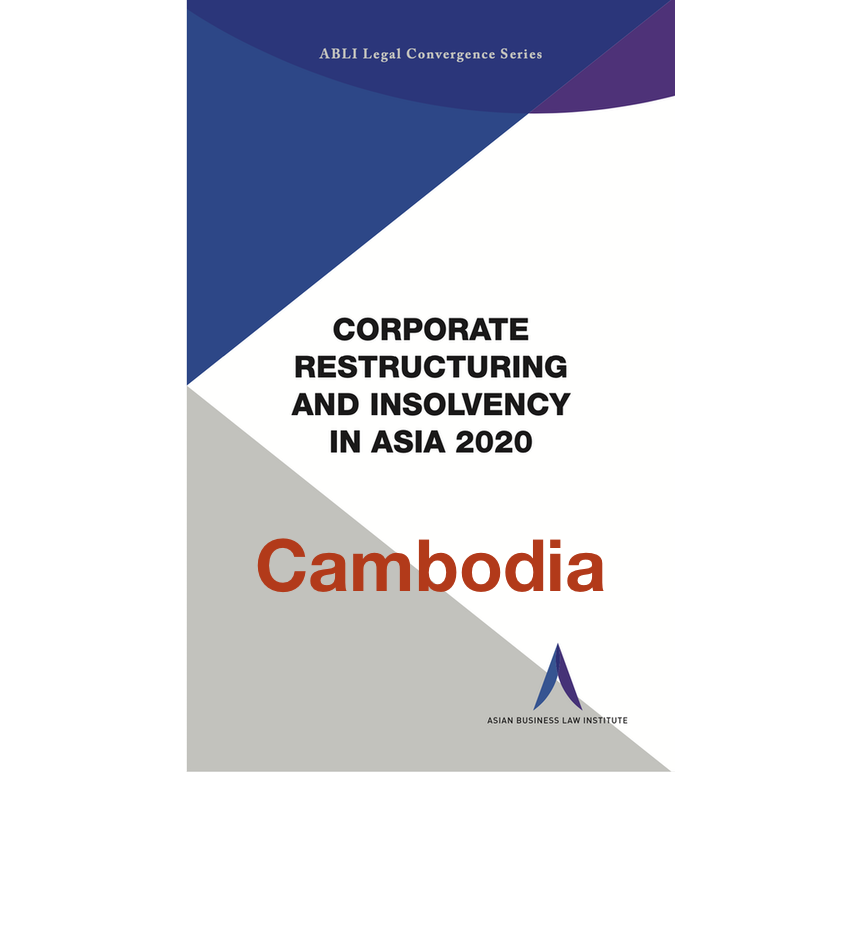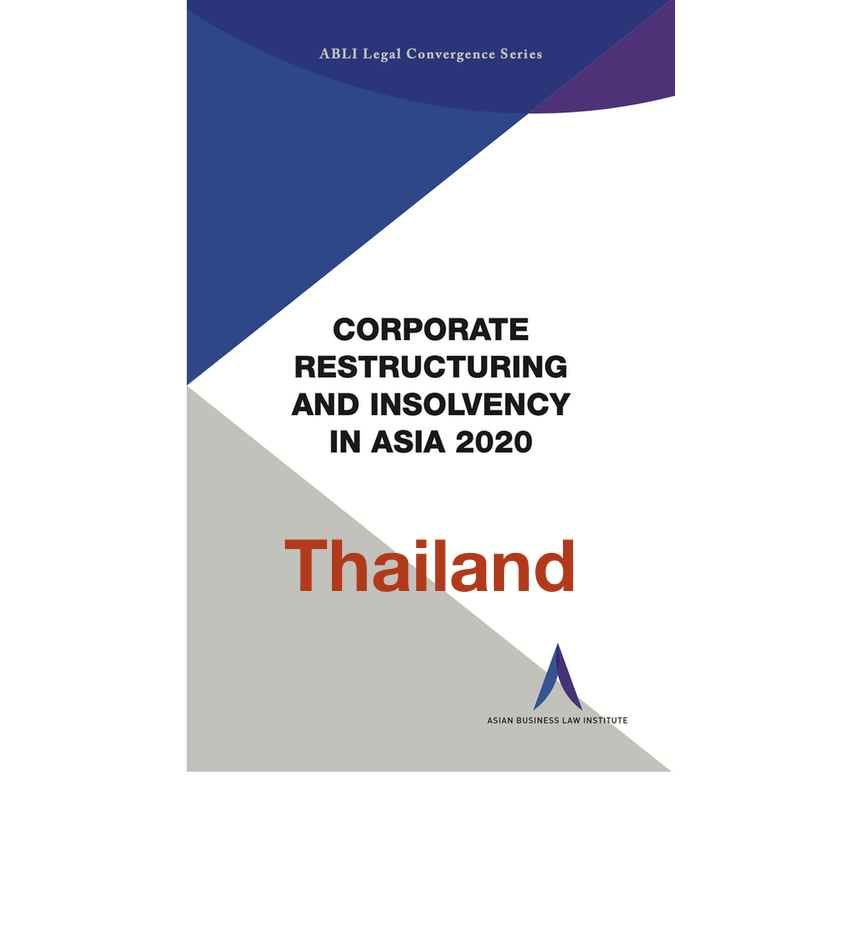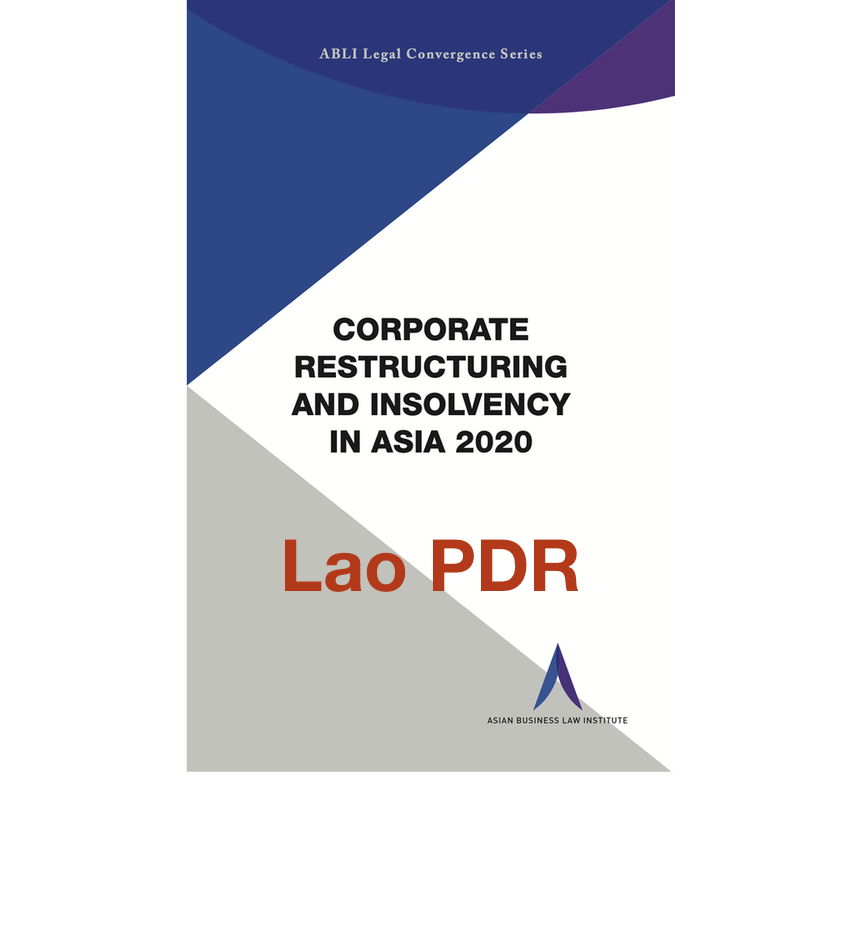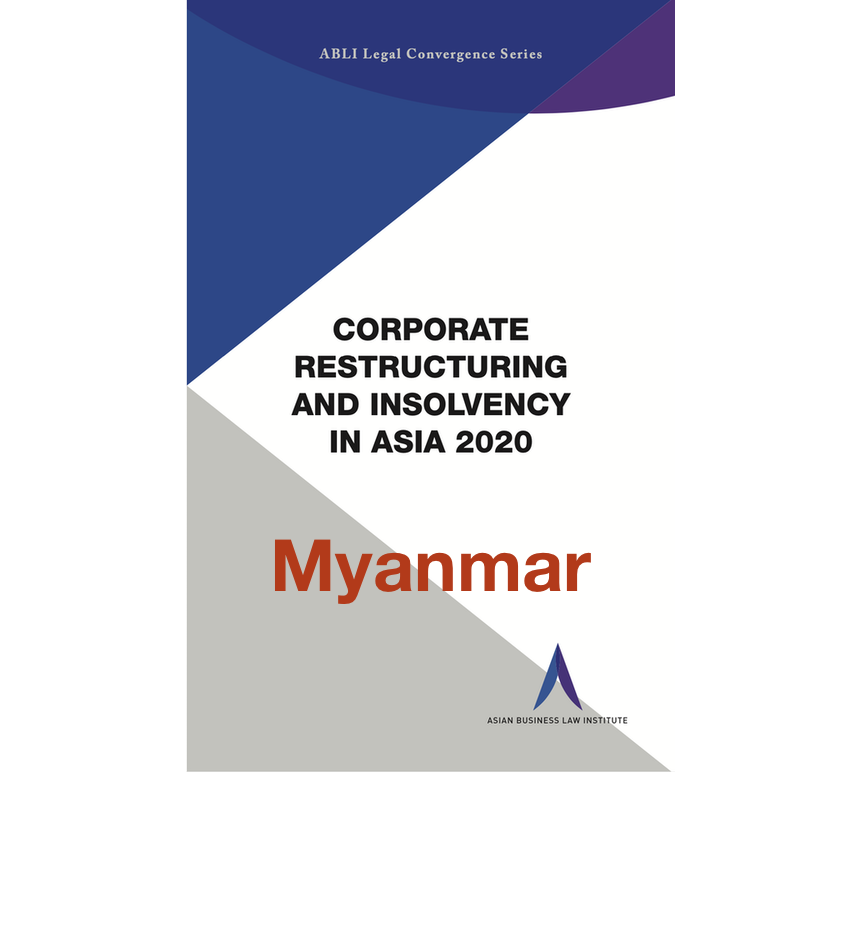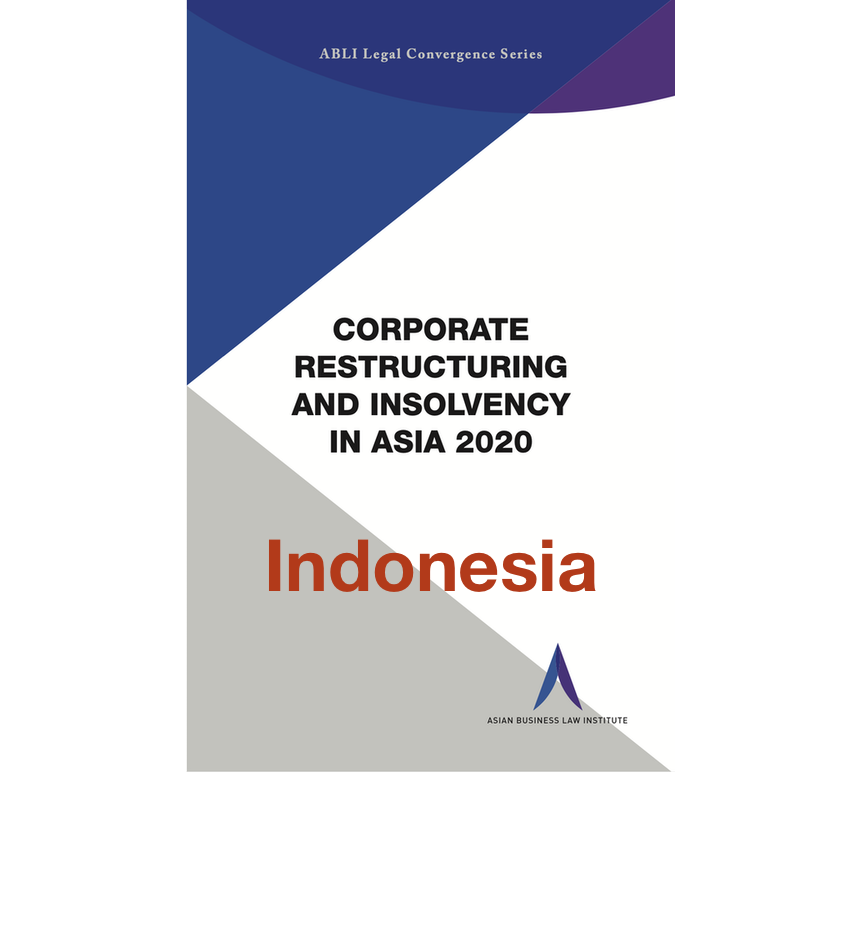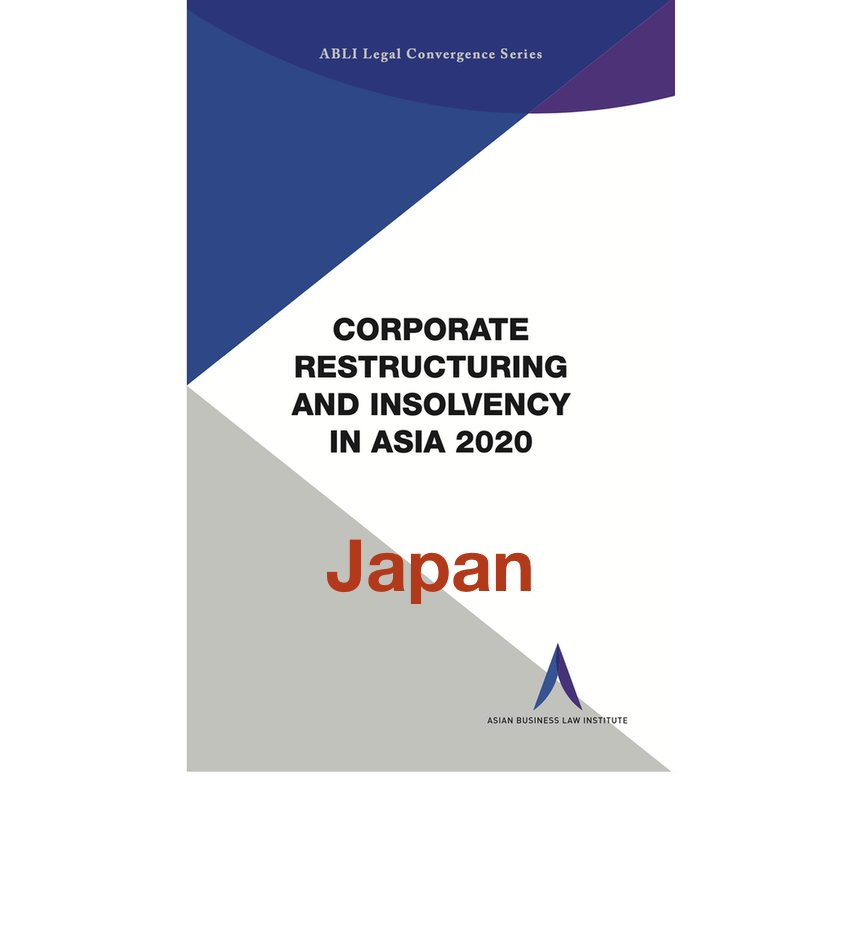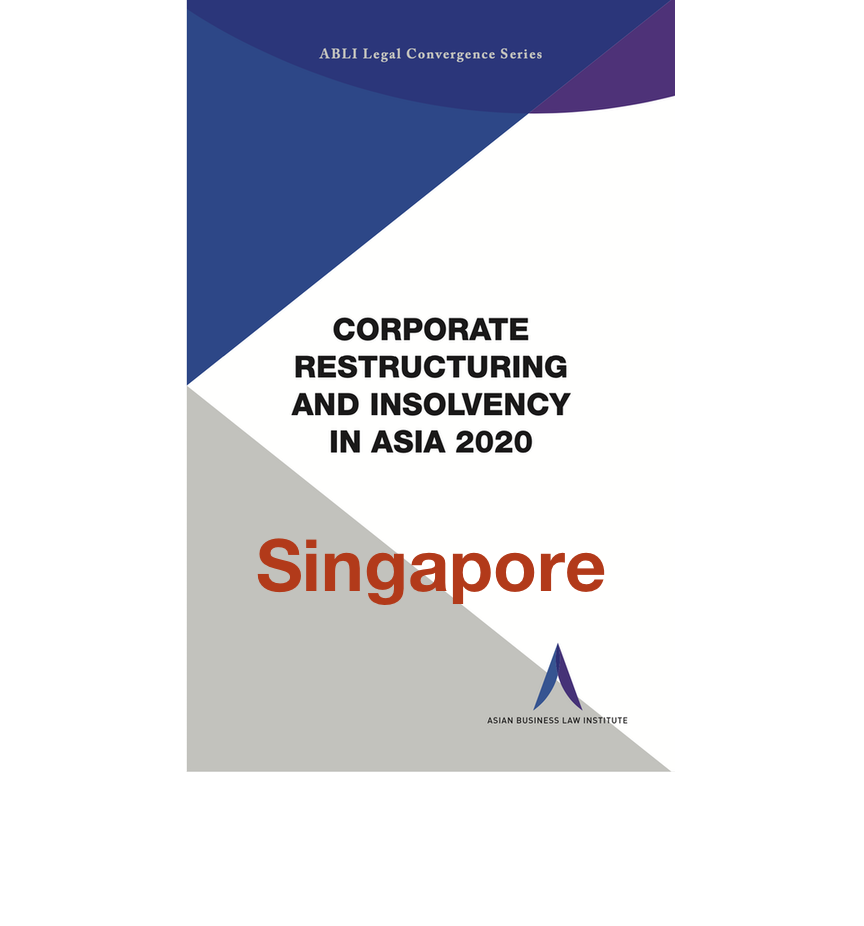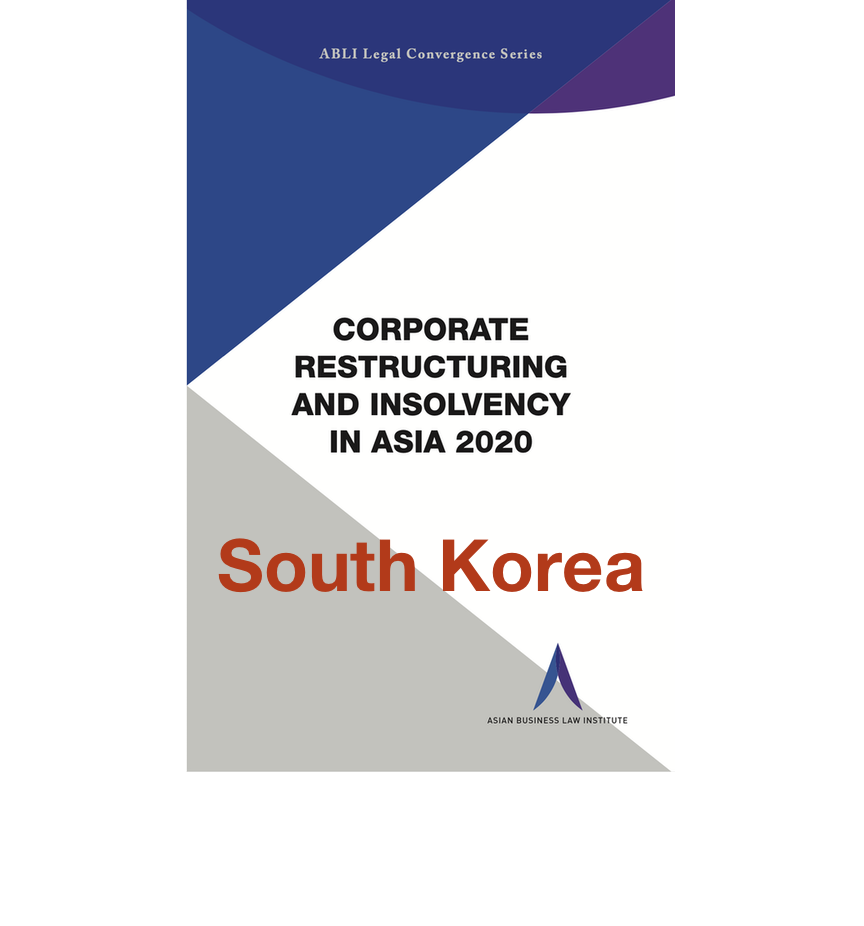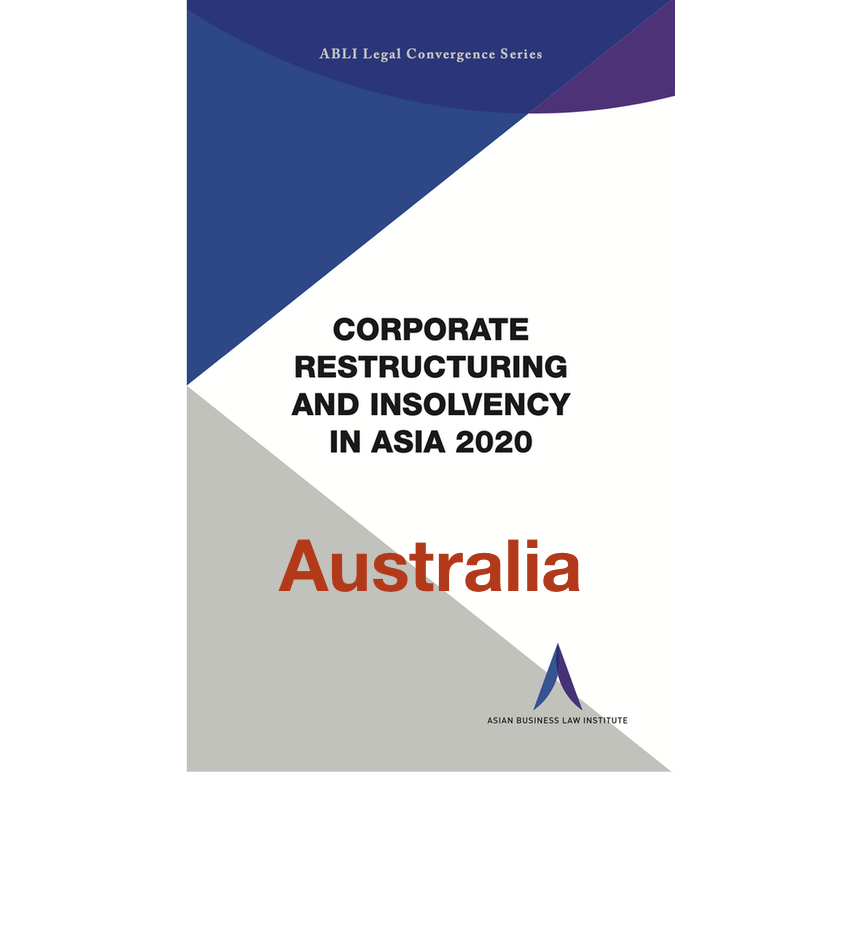
Australia report (March 2021 updated)– Corporate Restructuring and Insolvency in Asia 2020
On Sale
SGD165.00
SGD165.00
View our other reports in this series or buy all reports in this series for SGD 495.
View the full collection of our titles here. For more queries, contact abli_info@abli.asia.
An appendix was added to the Australia report in March 2021 which is devoted to the dedicated insovlency regime for small businesses in Australia that commenced in January 2021.
This appendix is authored by the Asian Business Law Institute. For the avoidance of doubt, the co-authors of the Australia report are not involved in the drafting of the appendix.
Reporters: Maria O’Brien and Timothy Sackar
Index
b. Jurisdiction of the courts
c. Practice and procedure in the courts
d. Role of the court in the insolvency processes
b. Australian Securities and Investments Commission
b. Duty to prevent insolvency trading
c. "Safe harbour" reform
d. Duties of directors and officers of companies in external administration
I. RANKING OF CREDITOR CLAIMS IN LIQUIDATION
II. AVOIDANCE, PREFERENCE AND CLAWBACK RULES IN LIQUIDATION
b. Receivership
b. Formal restructuring options
c. Why choose a deed of company arrangement or a creditors' scheme of arrangement?
b. Relevant decisions
View the full collection of our titles here. For more queries, contact abli_info@abli.asia.
An appendix was added to the Australia report in March 2021 which is devoted to the dedicated insovlency regime for small businesses in Australia that commenced in January 2021.
This appendix is authored by the Asian Business Law Institute. For the avoidance of doubt, the co-authors of the Australia report are not involved in the drafting of the appendix.
Reporters: Maria O’Brien and Timothy Sackar
Index
A. INTRODUCTION TO AUSTRALIAN INSOLVENCY LAW REGIME
i. Introduction
a. Sources of Australian insolvency lawb. Jurisdiction of the courts
c. Practice and procedure in the courts
d. Role of the court in the insolvency processes
ii. Features and regulation of Australian companies
a. Features of Australian companiesb. Australian Securities and Investments Commission
iii. Asset security in Australia
iv. Directors' duties
a. Duties of directors of distressed entitiesb. Duty to prevent insolvency trading
c. "Safe harbour" reform
d. Duties of directors and officers of companies in external administration
v. Formal insolvency processes applicable to corporate debtors
a. Liquidation or winding upI. RANKING OF CREDITOR CLAIMS IN LIQUIDATION
II. AVOIDANCE, PREFERENCE AND CLAWBACK RULES IN LIQUIDATION
b. Receivership
vi. Restructuring options
a. Informal workoutsb. Formal restructuring options
c. Why choose a deed of company arrangement or a creditors' scheme of arrangement?
vii. Employees
viii. Corporate groups
ix. Regulation of insolvency and insolvency practitioners
x. Specific issues in relation to listed companies
B. VOLUNTARY ADMINISTRATION
i. Introduction
ii. Appointment of a voluntary administrator
iii. Statutory moratorium and stay
iv. Powers of a voluntary administrator
v. Duties of a voluntary administrator
vi. Proposing a deed of company arrangement
vii. Creditor supervision
viii. Ranking of creditor claims in voluntary administration and deed of company of arrangement
ix. Termination of a deed of company arrangement
x. Expenses and remuneration of a voluntary administrator
C. SCHEMES OF ARRANGEMENT
i. Introduction
ii. The creditors' scheme of arrangement procedure
iii. Creditors' scheme of arragenemtn documentation
iv. Creditor supervision
v. Ranking of creditor claims in a creditors' scheme of arrangement
vi. Implementation of a creditors' scheme of arrangement
D. RECOGNITION OF FOREIGN INSOLVENCY PROCEDURES IN AUSTRALIA
i. Introduction
ii. Adoption of UNCITRAL Model Law on Cross-Border Insolvency
a. Recognition and reliefb. Relevant decisions

